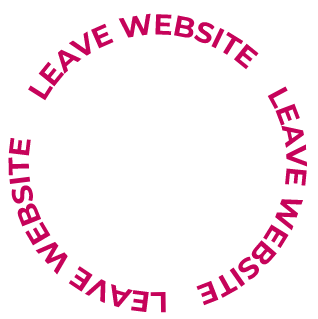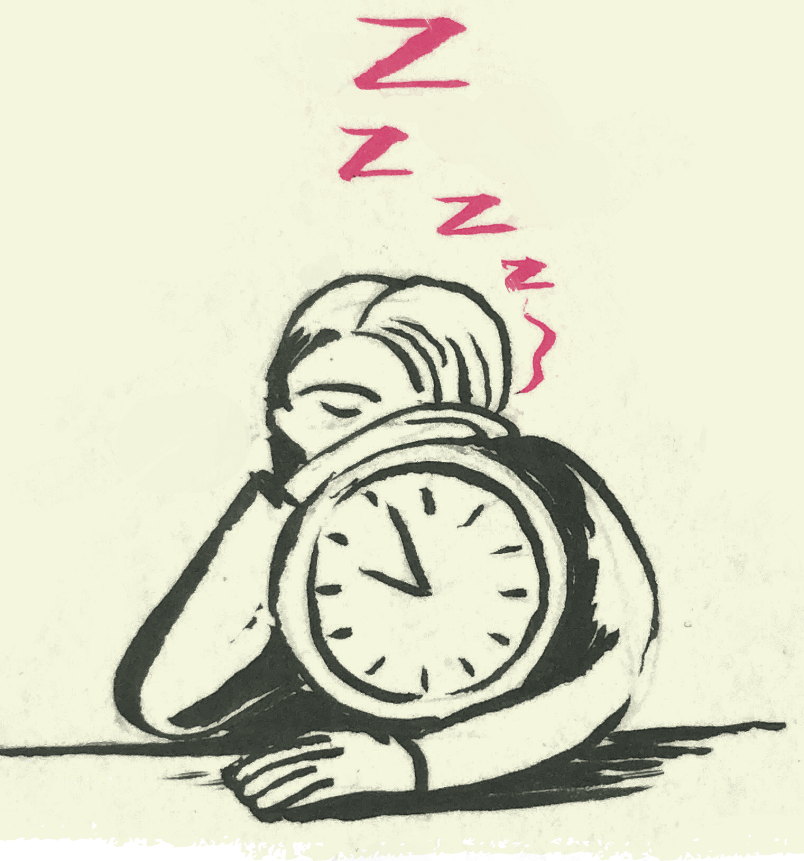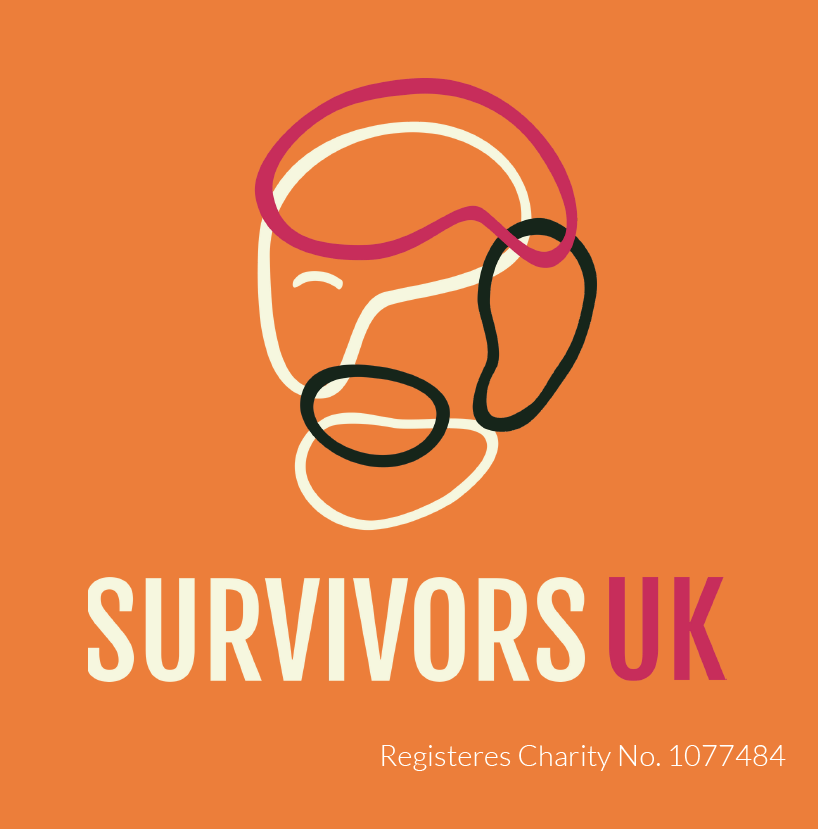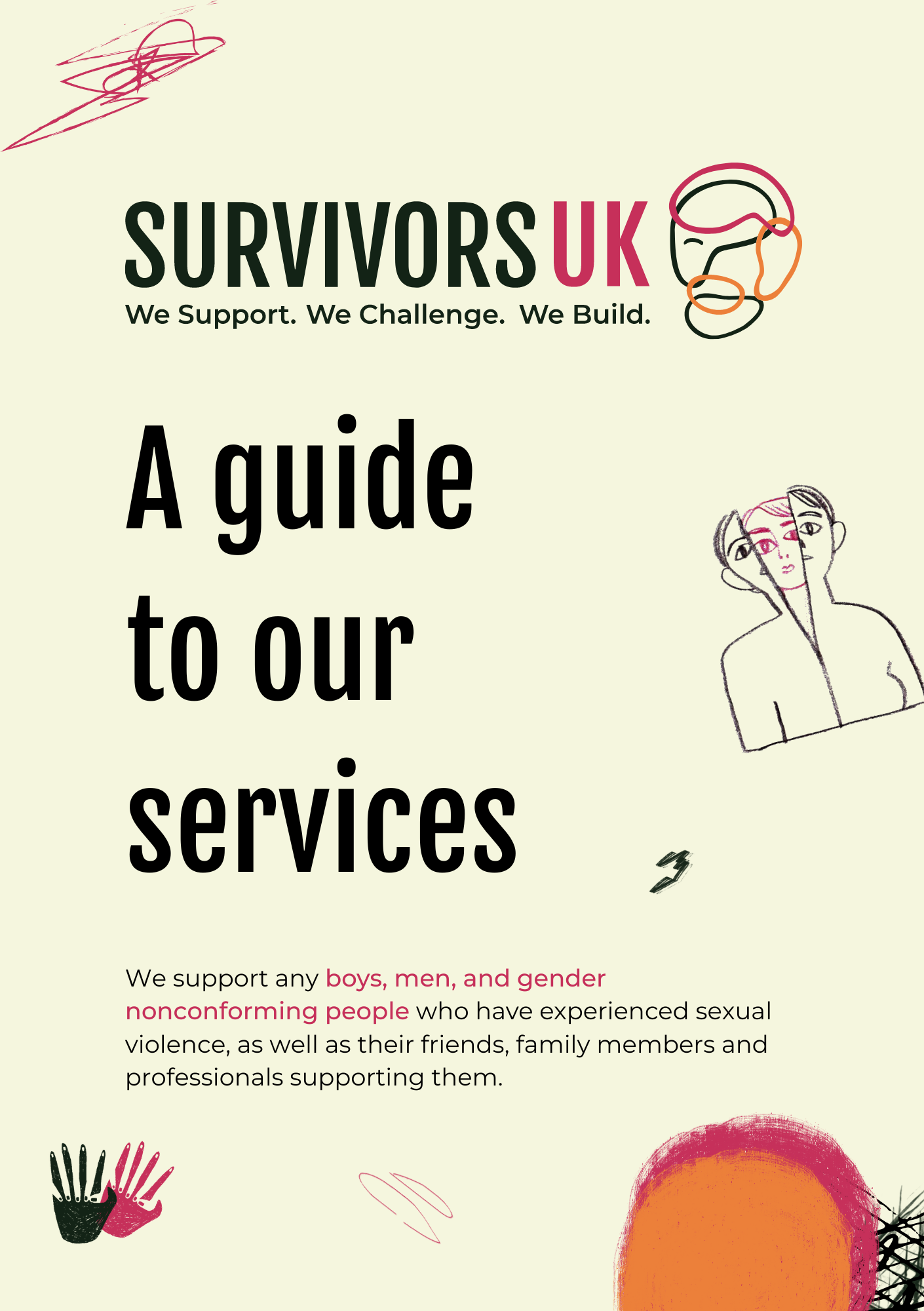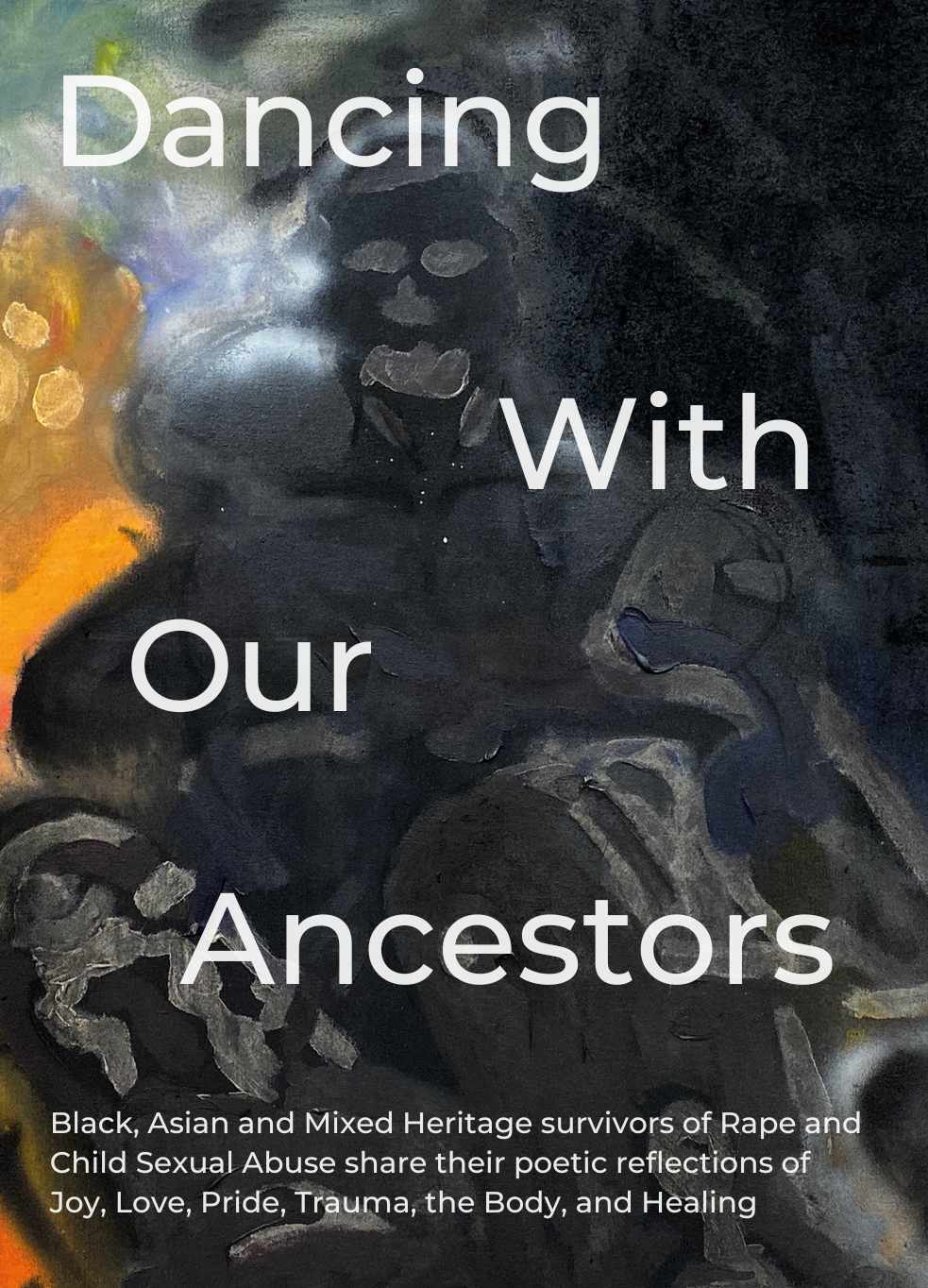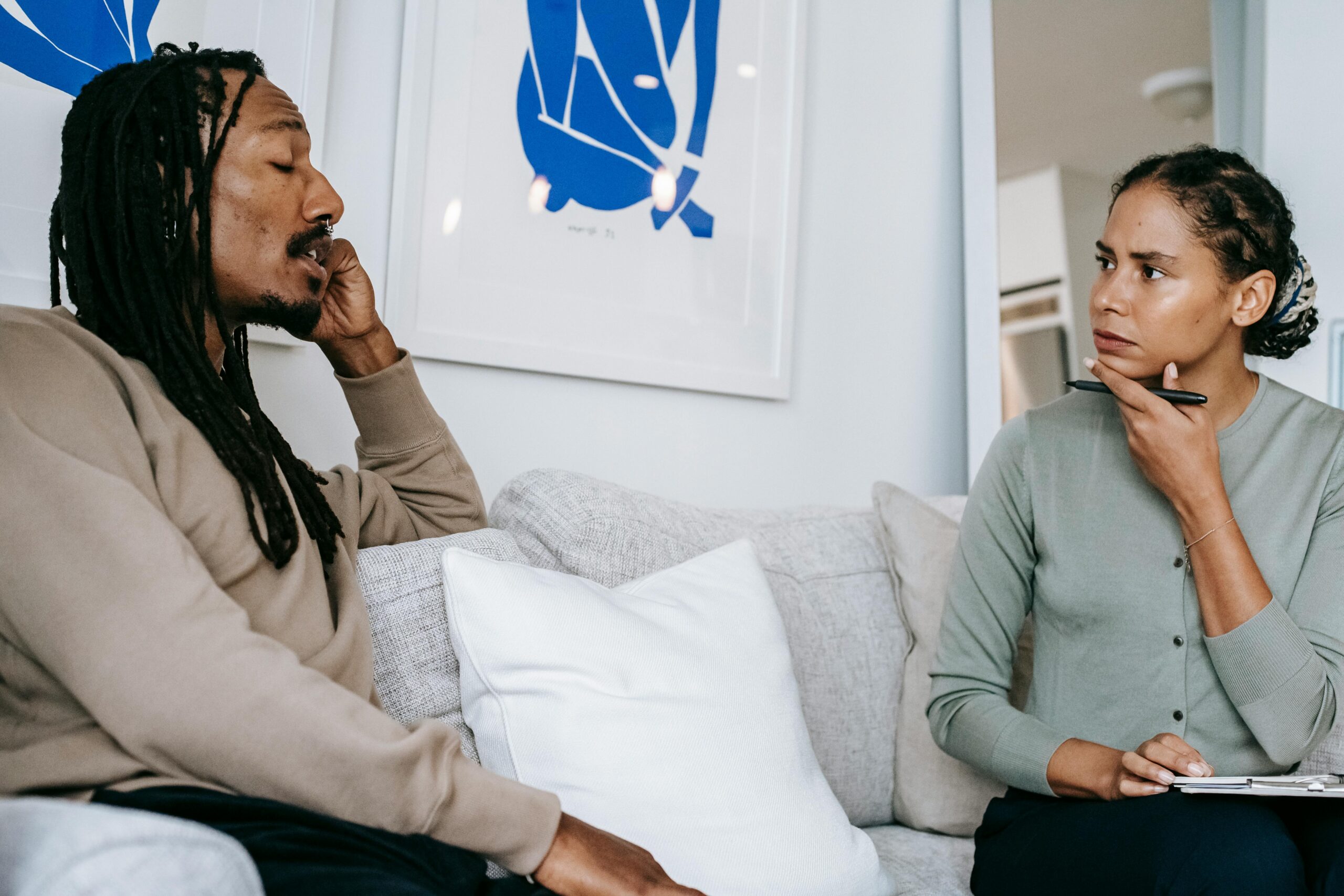
Seeing the person, not just the symptoms
The thing people rarely talk about when we talk about counselling is that what works for one person won’t necessarily work for someone else. In some cases, our problems are pathologised – our personal history and traumatic responses reduced to a list of symptoms that needs treating. The good news is that it doesn’t have to be that way.
As our Senior Counsellor, Michelle, explains, finding a counsellor that sees the whole person and not just the symptoms can make a big difference…
—-
As a counsellor, I’ve met a lot of people who have had negative experiences of counselling. They tell me about how their sessions felt like a “tick box” exercise and how they felt blamed for their problems. They say the counselling felt like a “sticking plaster” used to try and cover a gaping emotional wound, and that they were seen as a cluster of symptoms rather than a human soul. I find myself nodding my understanding – I know, as a professional and as someone who’s had a fair bit of counselling themselves, what some counselling can be like.
The good news? It doesn’t have to be like that- there are alternatives to the “medical model” of counselling.
A lot of counselling (and other support around emotional health) that is offered from statutory services follows a “medical model”. Our problems are pathologised, we are diagnosed with an illness that needs treating. This of course works for some people, but perhaps not so well for people who recognise that their “illness” is purely a very understandable reaction against traumatic events. I’m particularly fond of the quote from Eleanor Longden, “The relevant question in psychiatry shouldn’t be what’s wrong with you, but what happened to you?” – a quote which I often find myself sharing with clients.
The other problem with a lot of counselling that follows the medical model is that it relies on us being able to look at how we feel logically and respond to our “symptoms” in a similar way. However, when we are triggered into feeling like we did during our trauma, the logical part of our brain tends to switch off and we go into survival mode – fight, flight, freeze or appease, whichever of these works to get us back to an emotional (and sometimes physical) place of safety. So when we try to rationalise our way out of how we respond to our triggers, we can end up feeling that it’s our fault that we aren’t getting “better” – we just aren’t trying hard enough, or doing it properly.
Focusing on our symptoms rather than our lived experience can leave us feeling invisible and, if we disclose thoughts of suicide and/or self harm, this is sometimes met by a knee jerk reaction to manage risk – phone calls to GPs, Crisis Teams or even emergency services. Of course, if a client discloses that they are at immediate risk of serious harm, I have a duty to prevent that harm from happening, but that often isn’t the case. Just having the space to talk openly about thoughts of harming themselves can be a relief for a lot of people. A therapist who will help you understand those thoughts, recognise them for what they are (which is often as a way to alleviate emotional suffering) and find a way to manage them is likely to be more useful than having the police knock at your door in the middle of the night to do a welfare check.
So, if that’s the medical model, what’s the alternative? First of all, if you’ve experienced any kind of trauma, I would strongly recommend finding a counsellor or service like SurvivorsUK that is “trauma informed” – one that understands how trauma affects us and is able to explain that to you in a way that you can understand. One who knows how to manage symptoms of trauma whilst allowing space to process it safely. One that will reinforce that how you are and where you are at right now is Not Your Fault, and any shame you feel about how your abuse has affected you sits firmly at the feet of the person or people who abused you. One who will champion your ability to survive such adversity whilst supporting you to find new ways to cope and work your way through your trauma.
I am also a fan of a “person centred” approach to counselling. By this I mean a counsellor who is led by you. For example, it’s easy to have a prescriptive approach to working with trauma, and some models suggest a very linear approach. Whilst I believe that it’s important to feel “safe” when talking about trauma, yet I think that safety looks different to different clients – and they know when they feel ready to do so. One could argue that discouraging a client from talking about their trauma when they want to can in fact re-traumatise – many survivors of abuse have felt silenced for many years, and being told by a counsellor they can’t talk about their experiences until they have worked through a series of grounding exercises can leave them feeling not only oppressed but also the shame that has stopped them from speaking about it for so long. Again, we can be left feeling unseen, belittled.
Instead, what if we are given the message that we are the expert of ourselves, not some therapist sat in an office who we have just met? The idea might feel scary at first, but in time might actually feel empowering. We might feel able to voice what we think we need from counselling rather than being told what we need by someone who barely knows us.
A lot of counselling services rely on “outcome measures” to track the success of their interventions. At SurvivorsUK we complete a short questionnaire in the first and final sessions with our clients, but otherwise keep this approach to a minimum. We are aware that these questionnaires can feel like a tick-box exercise, which again takes the focus away from the individual and can leave them feeling unseen. We do them as they can be useful to share anonymised excerpts with our funders to show them how our counselling can improve symptoms associated with traumatic experiences, but it’s actually the written feedback we received from clients and case studies we write (with their permission) that really help, because they so much better reflect the real, lived experience of survivors and the often subtle shifts and changes that occur during the counselling process.
We are aware that outcome measures don’t always reflect a successful intervention – processing trauma can be a slow and painful process, and then there are some clients who begin therapy unable to feel their emotions at all. It is therefore unsurprising when they report emotions like happiness, sadness or nervousness at the end of their counselling when they haven’t felt those feelings for a very long time, or were so focused on “being okay” that they ignored any emotions that suggested they were otherwise. I’d suggest that feeling previously unfelt feelings is good progress, and not a failure on a client’s part, or the counsellors. Another favourite quote of mine is “It’s okay not to be okay”- and it really is.

 Michelle Buckberry,
Michelle Buckberry,